So, on a weekend morning in the not-too-distant past, I was driven to a building in California that housed a legal marijuana grow operation. This nondescript structure stood out in no way from the surrounding buildings, and until I was led past some sparse furnishings and into a warm, humid, and tight space that housed some number of flourishing pot plants, it could have been any old flat.
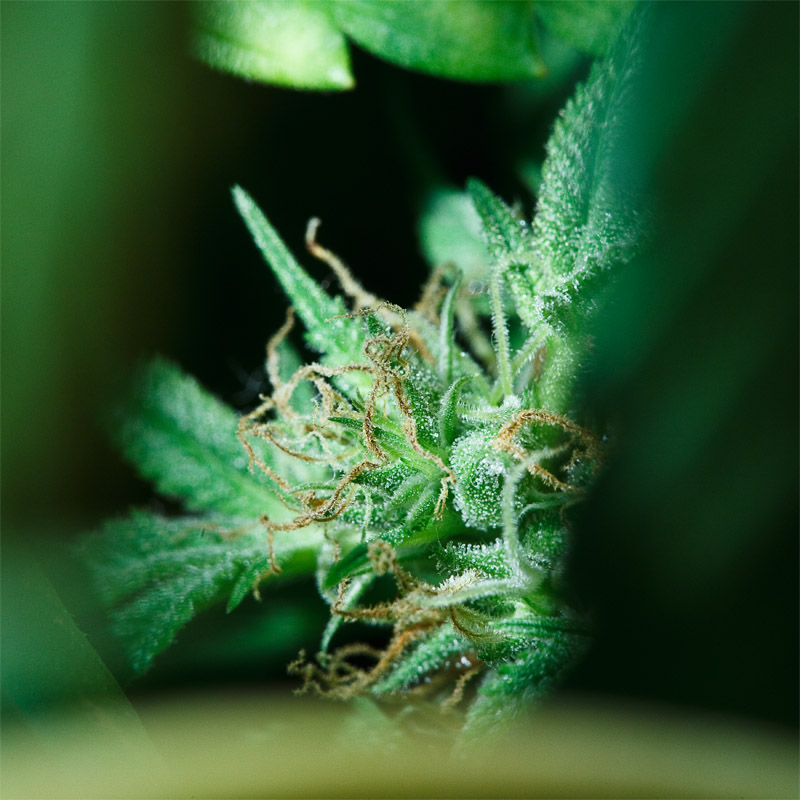
There were patient prescriptions posted prominently on the wall, not unlike a restaurant's business license, except that these allow the operator to cultivate six plants for each scrip. The walls were otherwise littered with watering and lighting schedules, with tabulated details lining out the specific methods designed to maximize the yield from each plant. The crop from these plants was wholly processed on-site, then transported and sold to the cannabis clubs in the Bay Area.
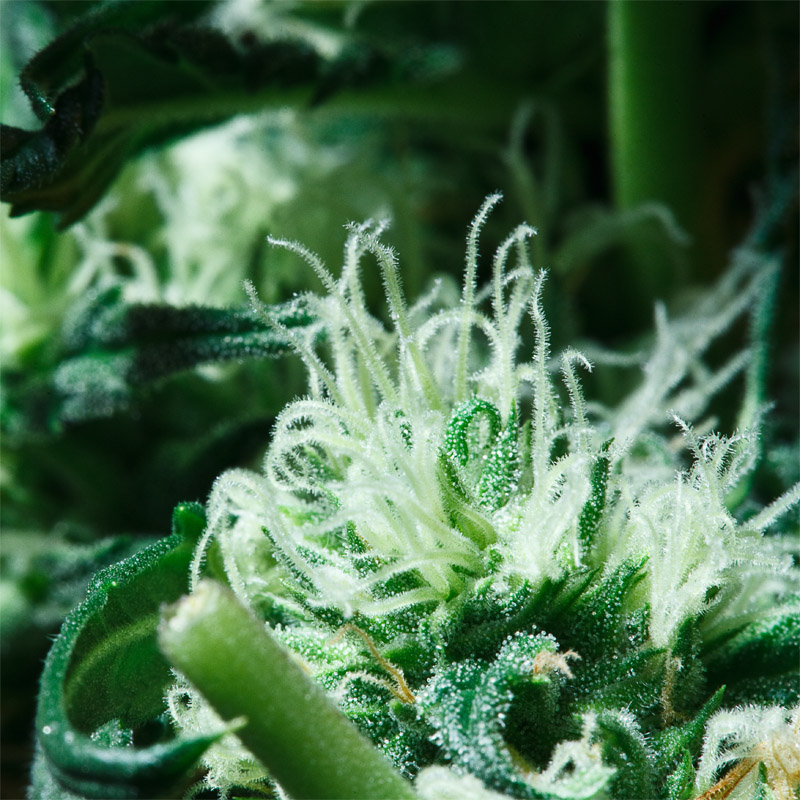
In the eyes of California, this entire process was legal, but the current federal legislation directly contradicts California, creating a rather sticky gray area that is simply the reality for any of the thousands of growers in the state. They play by California's rules, all the while hoping that their specific operation isn't large enough to garner any attention from the Feds, who make a point of swooping in on big grow operations just often enough to keep the war on drugs alive in the media.
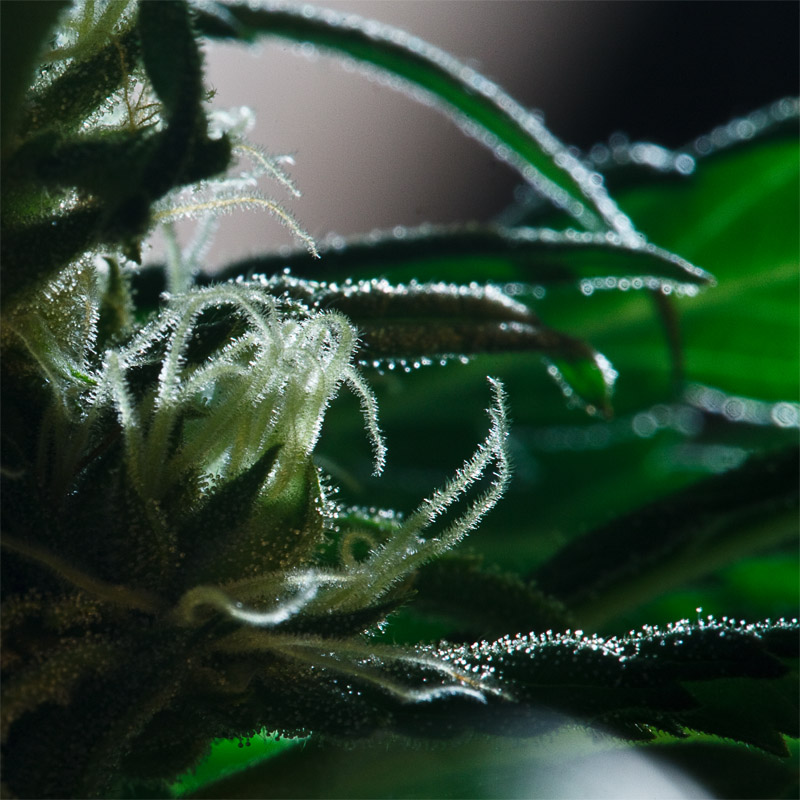
The money is great; revenue per square foot eclipses what most shopkeepers or factory owners could only dream about. And without doubt, the successful growers ain't your average hippies. Fanatical about the particular strains they cultivate, they provide each and every plant with rabid attention and care. It's all about yield, and every detail in the growing space is tended to with maximizing yield in mind, from thermal efficiency and light color and coverage, to fertilization and tricking the plants into as many grow cycles as possible. Finished product is shipped to labs for analysis and documentation, the results of which are provided to the end users in the clubs. The nuances between each strain are prized features, branding if you will, and cultivation of sought-after strains is a matter of pride.
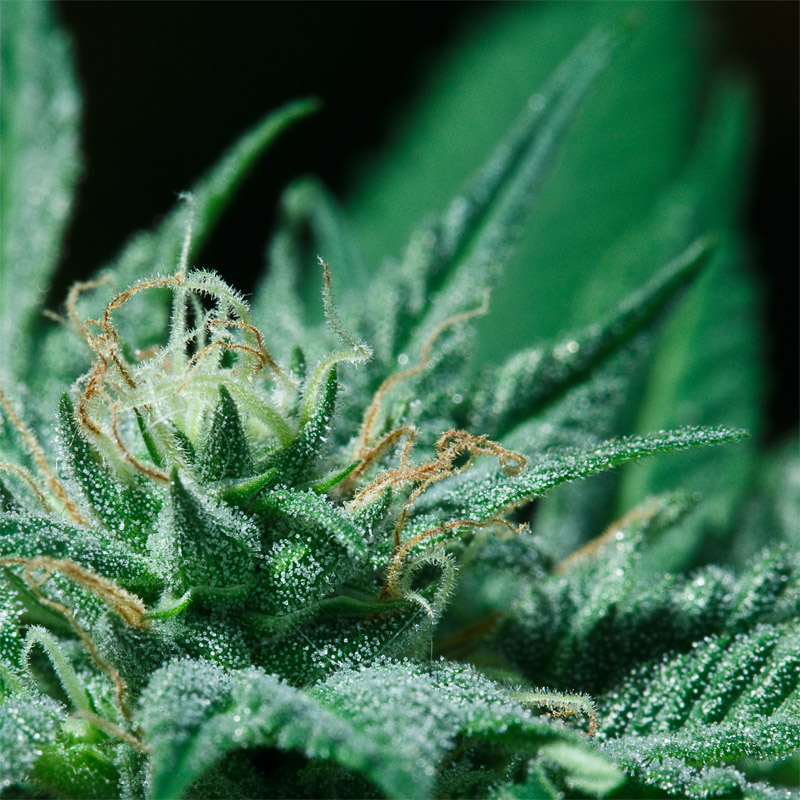
So that's all well and good, but why the hell was I there? Because, up close and personal, it's a fascinating and beautiful plant. I had jumped at the opportunity to photograph the operation, and it turned out to be more of a glamor session for the grower's babies. He pointed out the differences between the several varieties he had, and I got absolutely as macro-nasty as I could in the limited time I had.
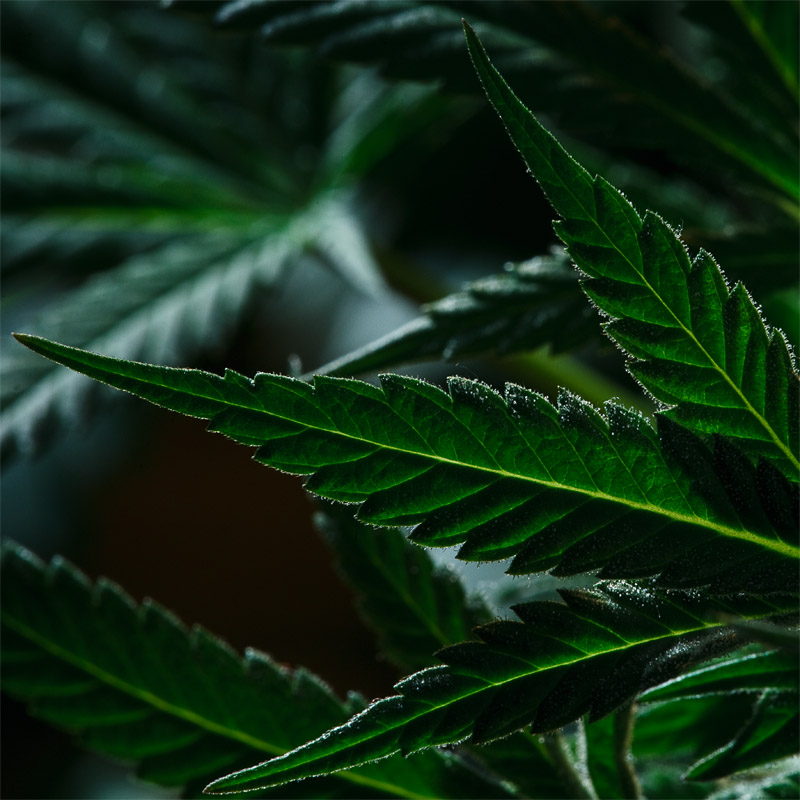
After ducking my head and camera and flash between as many of the plants as I could, my time was up and I was driven back to my car. It's a mighty curious standoff between the State and the Feds, but until it's resolved, growers will do what they can to reap the rewards without drawing too much attention.
We'll return to our regularly scheduled programming now.
-
No comments:
Post a Comment